Think Jaguar's new design is radical? You might have forgotten their past
Despite the criticism, the Type 00's bold redesign aligns with Jaguar's history more closely than you might expect.
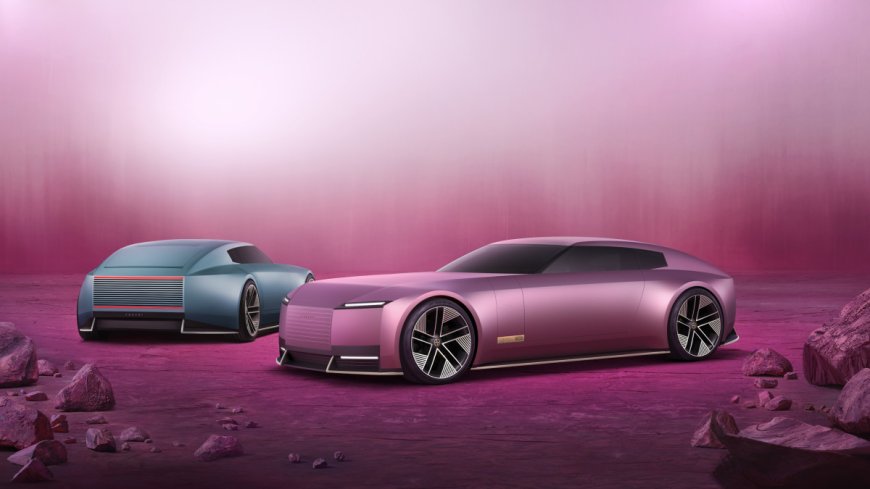
By now, you’ve no doubt seen the Type 00, the concept that previews Jaguar’s future design direction. The concept was revealed at the start of Miami Art Week, and its acceptance revealed the age of those viewing it: younger observers loved it, and older ones were less charitable.
Certainly, the Jaguar Type 00 eschews its past design glories. Mr.choppers on Wikipedia - CC BY-SA 3.0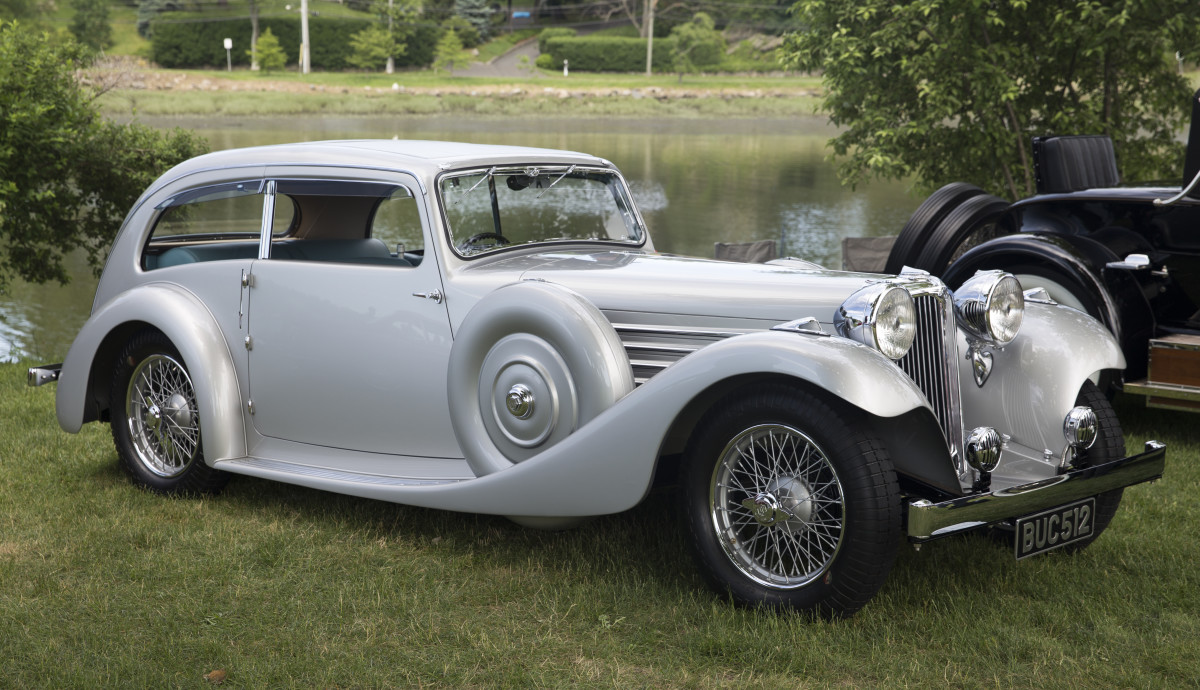
It’s a bold, dramatic design statement, being both stunning and provocative. Its plain, brutalist slab sides look heavy, lacking the light look typical of Jaguar coupes. Also lacking is the voluptuous beltline, something common to every Jaguar and its predecessor SS coupe models. But in this regard, it does pick up the outrageousness of the 1931-35 Daimler Double-Six, a brand that Jaguar later acquired in 1960.
Related: 2025 Toyota RAV4: 7 reasons to love it, 4 reasons to think twice
In the rear, designers pander to the worst of current design fads: the lack of a rear window. This is simply a safety hazard, not design brilliance. Worse, The Type 00’s sloping fastback back end has many recalling the Chrysler Crossfire rather than a work of originality. Jaguar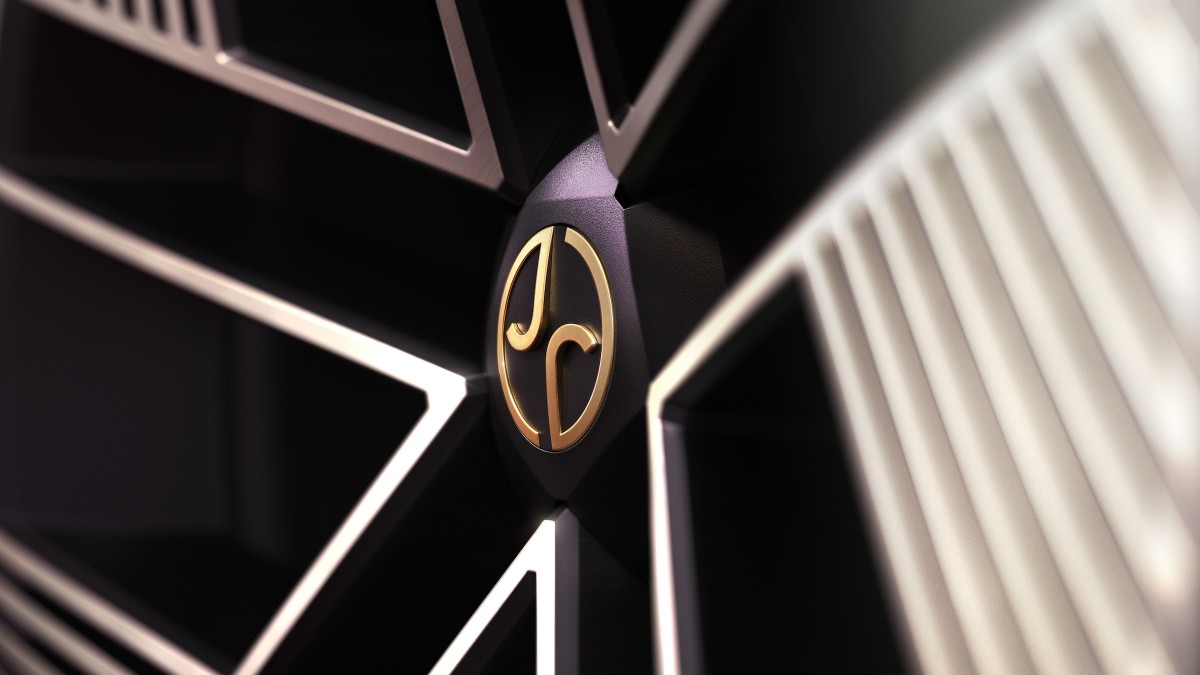
Jaguar’s new version of an old font
Throughout the vehicle, Jaguar employs a new brand trademark that consists of a field of parallel lines that it calls the strikethrough. It’s a new brand trademark, alongside its allegedly custom typeface that’s suspiciously similar to such 1970s-era fonts as ITC Serif Gothic Roman.
Exact match? Heck no. But the typeface feels derivative, not original.
And did you realize that Jaguar’s new badge is a J and an R? Probably not. Most see two Js, which is understandable since both letters appear to be identical. For a custom typeface, this is inexcusably bad design. Did no one notice this? RM Sotheby's Open Roads, February - European Offering (2021)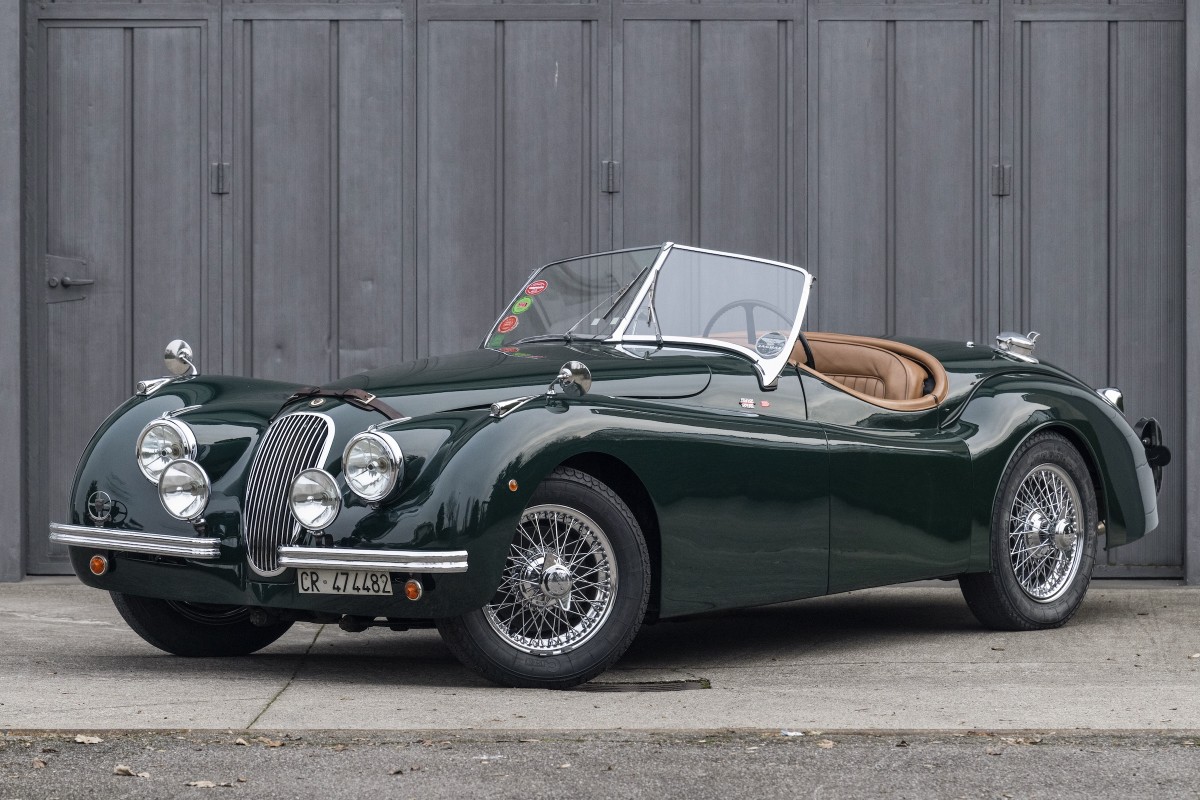
Related: 2025 Ford Expedition: 4 things we love, 2 we don't
Jaguar’s radical redesign in 1961
While this newest automotive feline eschews its past, it’s far from the first time this has happened. Sir William Lyons, Jaguar’s founder, had no problem with switching from one design approach to another.
Consider the 1950 XK120. Its design was established in 1938 and modernized after World War II. With its elongated hood, gently sloping rear, oval grille, and seamlessly integrated headlights, it was elegant and sophisticated. This basic design persisted through the XK140 and XK150 models. R.M. Sotheby's, Cliveden House (2024)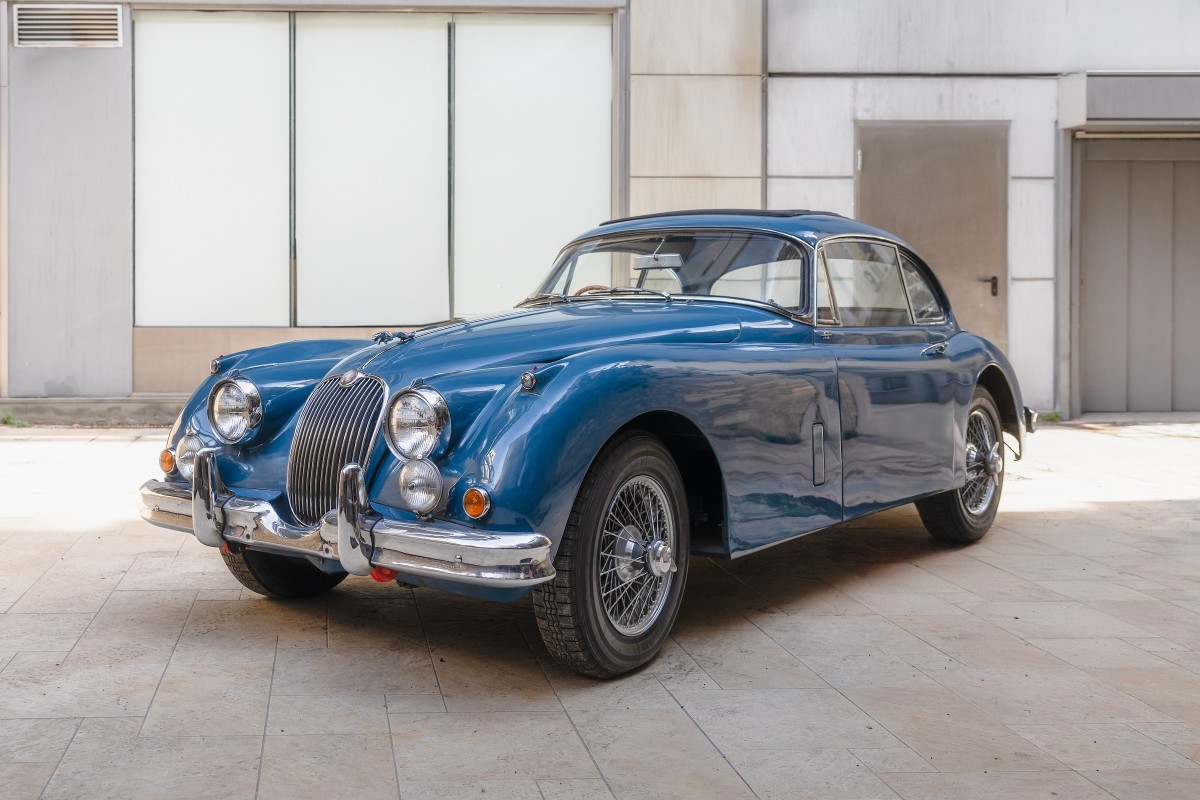
But the XK150’s replacement looked nothing like it. Being derived from a racecar, the 1961 E-Type was a pure sports car, not a grand tourer. Its voluptuous beltline did recall the XKs, and it boasted an oval grille, albeit one turned sideways. Headlamps were fully fitted into the car’s body. In all, it looked as if it were carved from a single lump of steel rather than being an assemblage of parts. There’s a projectile quality to its lower body panels, a nod to aerodynamics that the XK150 only faintly acknowledges.
For its part, the XK120 and its descendants echo the design language of the 1930s, which the British car industry retained longer than others.
Related: These bizarre Nissan concepts will amaze you Bonhams Cars, The December Sale (2013)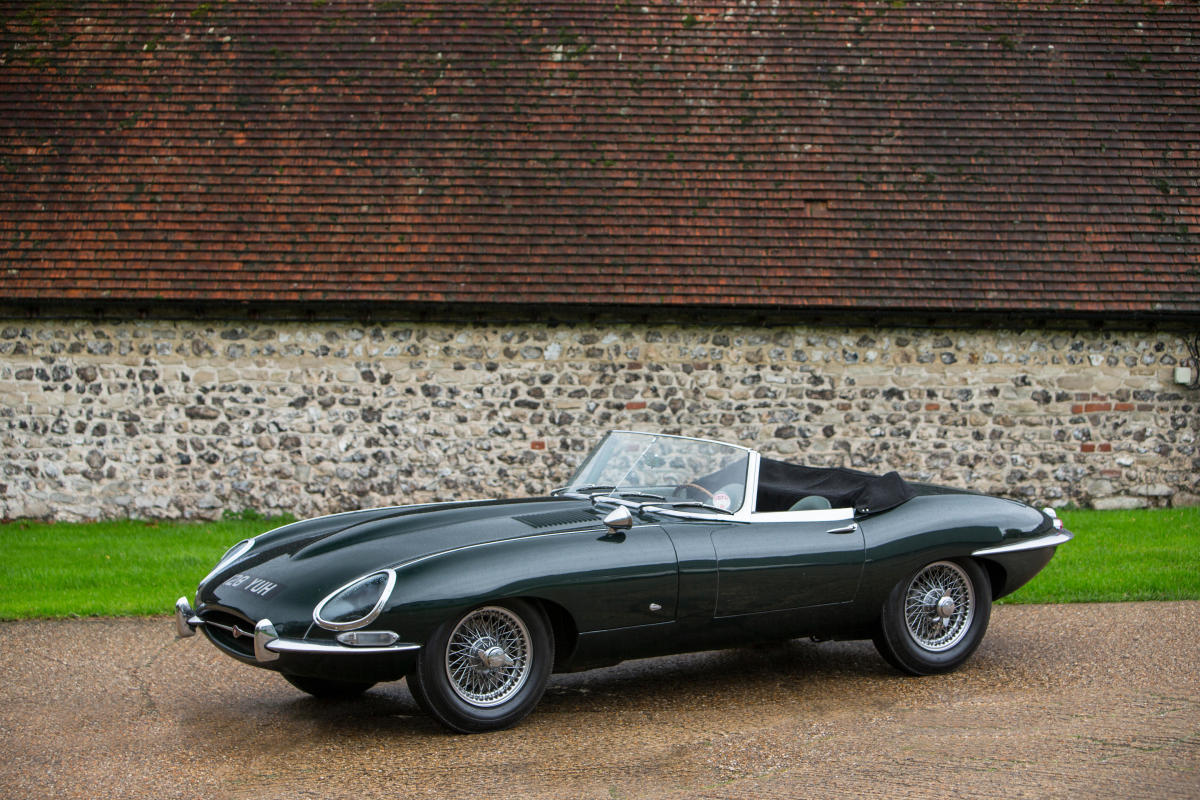
A new design elicits no reaction
The 1975 XJS, the E-Type’s replacement, owes little to the E-Type and was quite a radical departure from the model it replaced. This last car to show the influence of Sir William Lyons and E-Type designer Malcolm Sayer, proved controversial with its flying buttress design that ignored any product heritage. Many thought it lacked beauty. It was also a grand tourer, ignoring the E-Type’s sports car persona. RM Sotheby's, Open Roads (2021)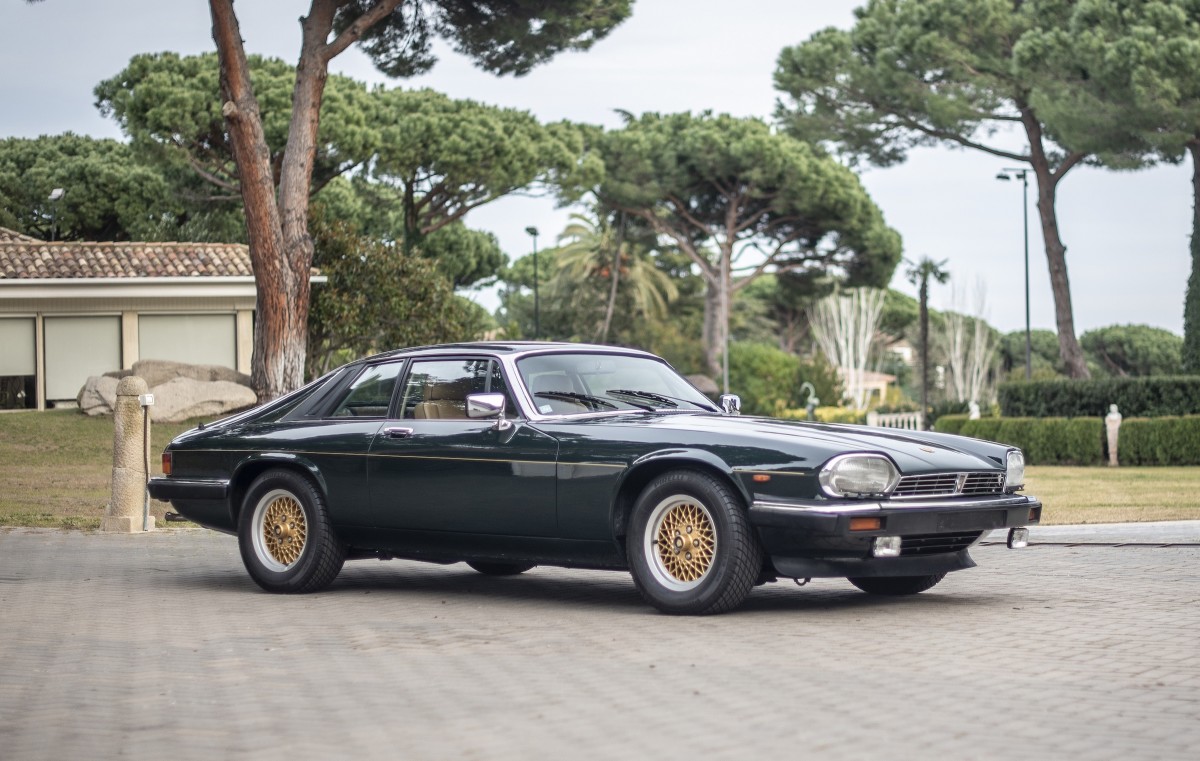
Sounds familiar, right?
No doubt, the Type 00 is a stunning piece of work, albeit one that doesn’t photograph well. To see it in person is to be impressed. It boasts outrageous proportions, a hallmark of great Jaguars as old as the 1935 Swallow Sidecar SS1 Airline Saloon.
Related: BMW M8 coupe gets the axe
Jaguar desperately needs a reset
For Jaguar, the reset as a battery-electric automaker is years in the making and overdue. The company has undergone a horrendous sales slide in the U.S., one unnoticed by the cognoscenti bloviating online about the automaker’s new concept. In 2003, Jaguar sold 54,655 cars in the United States. Two decades later, sales atrophied to 8,284 units, an 85 percent slide. Jaguar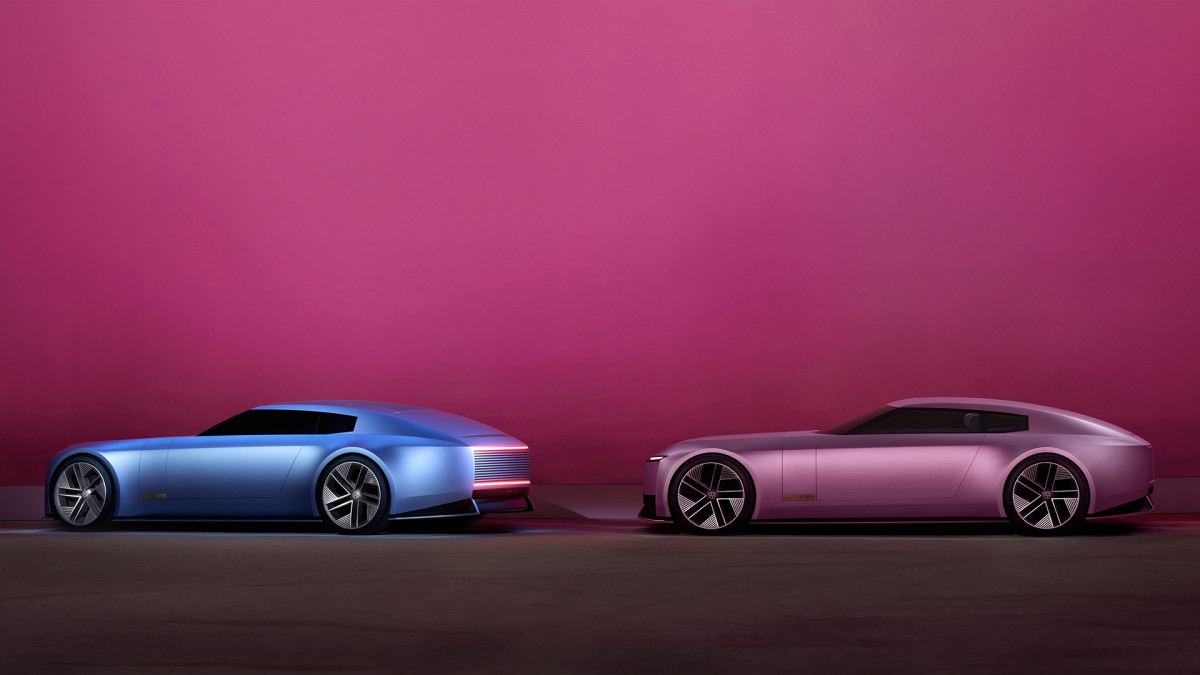
Dealers are working through one of the highest inventories in the industry, although in reality, it amounts to only a few thousand units at the current sales volume. Not to mention that all vehicles save the Jaguar F-Pace have ended production. The F-Pace was spared because it shares its underpinnings and assembly line with the Range Rover Velar, which makes the cost of keeping this cat alive minimal.
Jaguar walks away from volume
However, execs are looking to reposition the brand as one that exchanges mass production for class production and reposition it as a competitor to Rolls-Royce and Bentley. For Jaguar, this is a repudiation of its brand strategy under Ford Motor Company ownership, when Dearborn sought to remake Jaguar into the next BMW, aka a volume luxury automaker. They expanded the lineup, which at most consisted of three models.
Related: Meet the T.33S: A purist's supercar with an 11,100 rpm V12 Jaguar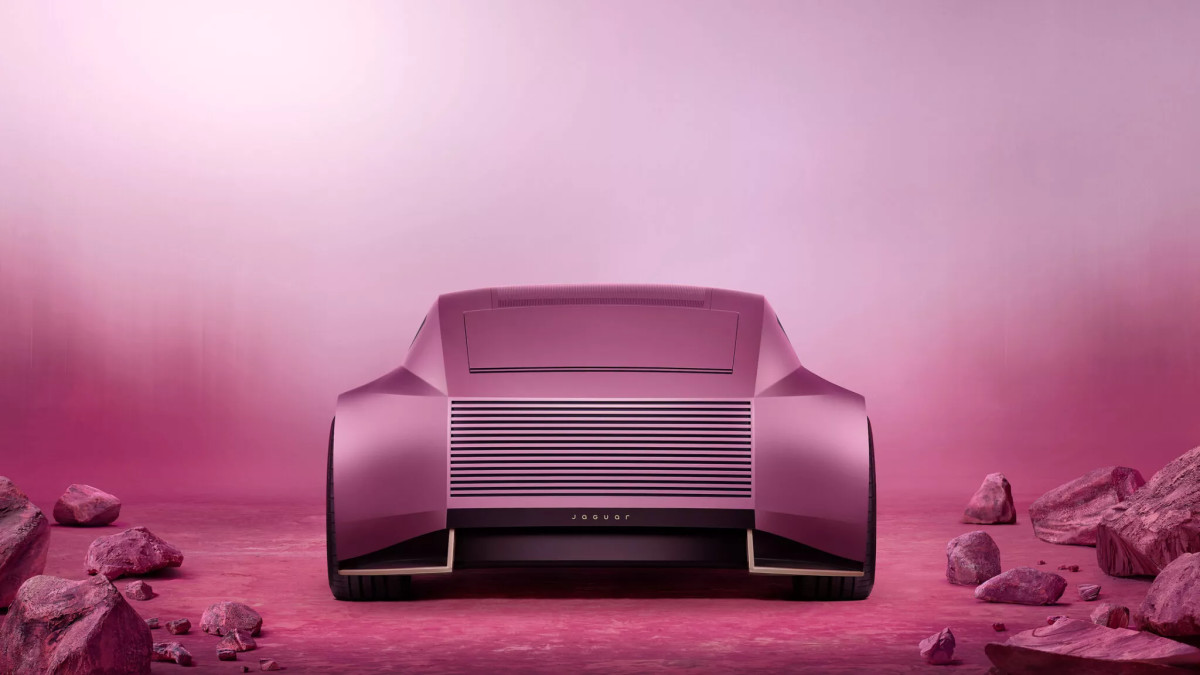
“We look back into our history, and what was very, very clear is when we were at our best, we were a brand that sold in relatively small volumes,” said Rawdon Glover, Managing Director of Jaguar. “What we are doing now is taking Jaguar back to its natural habitat for most of our 90-year history. That's where we that's where we play.”
While Jaguar did produce cars meant to compete with Britain’s best, they were not priced that way. And there lies the disconnect.
Final thoughts
Jaguar describes their new Type 00 battery-electric concept as “unmistakable, unexpected” and “dramatic.” Others have different words in mind.
Lyons loved outrageous design, and certainly, the Type 00 is that. It’s a courageous, confrontational one that has everyone talking about Jaguar for the first time in years if not decades. It deserves kudos for its design. But while the car is stunning, it strikes no one as being a Jaguar. In that regard, the Type 00 may prove to be the XJS’s true descendant. Jaguar
Remember, the company is starting at ground zero in an effort to recast the brand. Starting with the brutalist, low-res Type 00 reflects the age in which we live. Even in its most basic aspect, it shares nothing in the slightest way with any previous Jaguar.
But this is a brand reset, so is that any surprise?
Related: Jaguar looks forward — as it can’t see out the back











































